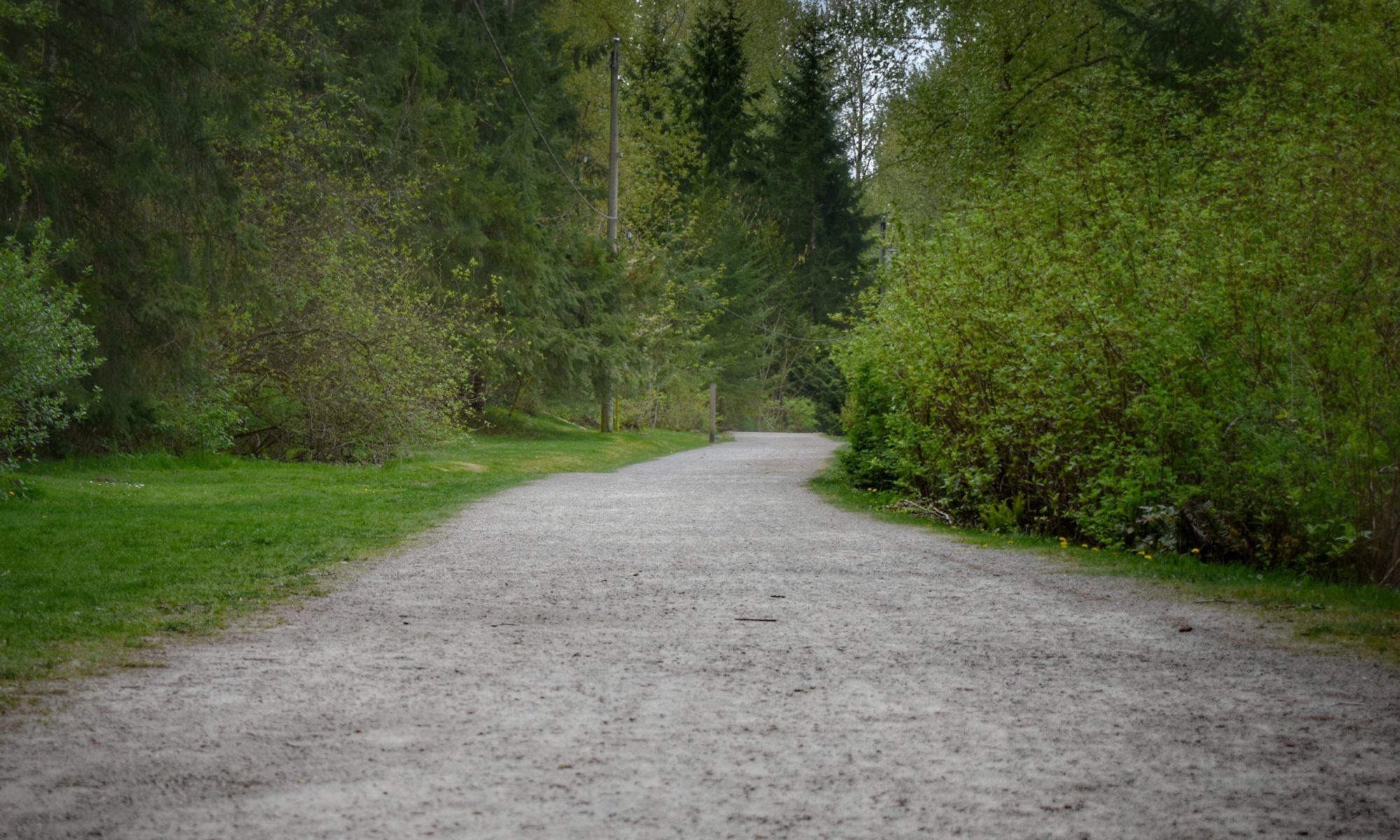 A huge topic, with relevance in Biodynamic Craniosacral Therapy. Touch is where the magic lies. Is it just a brief experience, nerves/skin touching another body, both brains registering the proximity of another? Or is it layers upon layers of subtlety?
A huge topic, with relevance in Biodynamic Craniosacral Therapy. Touch is where the magic lies. Is it just a brief experience, nerves/skin touching another body, both brains registering the proximity of another? Or is it layers upon layers of subtlety?
When is our first encounter with touch? Our first encounter with another?
Let’s delve into the biomechanics. Experienced firmly, touch can help the body feel itself in its environment. Squeezing the arms and legs of a person feeling “spacey” can help with a feeling of solidity and groundedness. Light touch informs the emotional part of our brains. All this is mediated by our nervous systems.
Early in development, skin and nervous system originate from the same type of cells. Our skin is one giant organ of feeling. And even earlier, before nervous system, is fascia, acting with intelligence.
Fascia houses our nerves, and everything else in our bodies. It’s that filmy stuff that connects absolutely everything in the body, enfolding everything, right down to our cells. Fascia can retract like elastic, and will pull back in defence of external situations, if needed. Inside fascia is a plethora of nerve receptors. This means the brain is constantly receiving information from our fascia in how we hold ourselves in relation to our environment, and whether or not pain might be appropriate. Fascia is constantly informing and providing context for our nervous system.
Fascia may also be electrically conductive and is the scaffolding of our cells. When we are touched, this pressure on our fascia triggers cells to release chemical messages locally and into the bloodstream, where it may reach the whole body. Remember, some chemical messaging is related to our felt sense emotions. So we have electrical impulses conducted between bodies, fascia reacting in shape and posture to touch, nerves taking up information, and cellular and chemical messaging being tripped off.
These reactions in our own body are happening in context to how we perceive the “other”. Both bodies firing at the same time in context of the other. Of course, all our senses are involved, including our whole life experience that we often use to filter the present. The complexity is astounding. Imagine, or try with a trusted friend or partner, touching out of different motive. From a scared feeling, from a grounded feeling. How does this feel, for both of you?
Attachment theory tells us that we are hardwired to need safe touch, even before food. At birth, safe loving touch is nature’s way of assuring that we get food and are protected. One of my favorite childhood memories is trading backrubs with my siblings. What are your memories of touch?
During a cranio session it can happen that a person’s body does not want to be touched. When acknowledged, and given space, that feeling can change in an instant. Feeling empowered to make the decision of accepting touch or not goes a long way.
Cranio is often about nerve and tissue, bone and muscle. Letting them reorganize into better working order of its own accord. The body knows what to do, and wants to move toward greater health. The safe touch of a BCST practitioner lets the body know that it can stop guarding and do what it is made to do.
At times cranio can touch a deeper place in our bodies. One day on the table in a cranio session, I was feeling the powerfulness of my being in connectedness with the universe. Simultaneously, as the practitioner moved her hand and touched my forehead, I experienced the utter vulnerability of being earthed under a mother touch. My insides split open in raw openness under the glare and tenderness and knowing of a mother hand. I have touched similar holy ground in others. What are we touching? Does it matter? We come into being in relation to others, to live well our lives depend on connection. We touch flesh and bone, nervous system and fascia, we touch trauma, and we may be touching that deep deep inner knowing of openness and vulnerability. Letting oneself sink into that place of need, as we are met, held and seen by another.
Photo Credit Geetanjal Khanna on Unsplash

